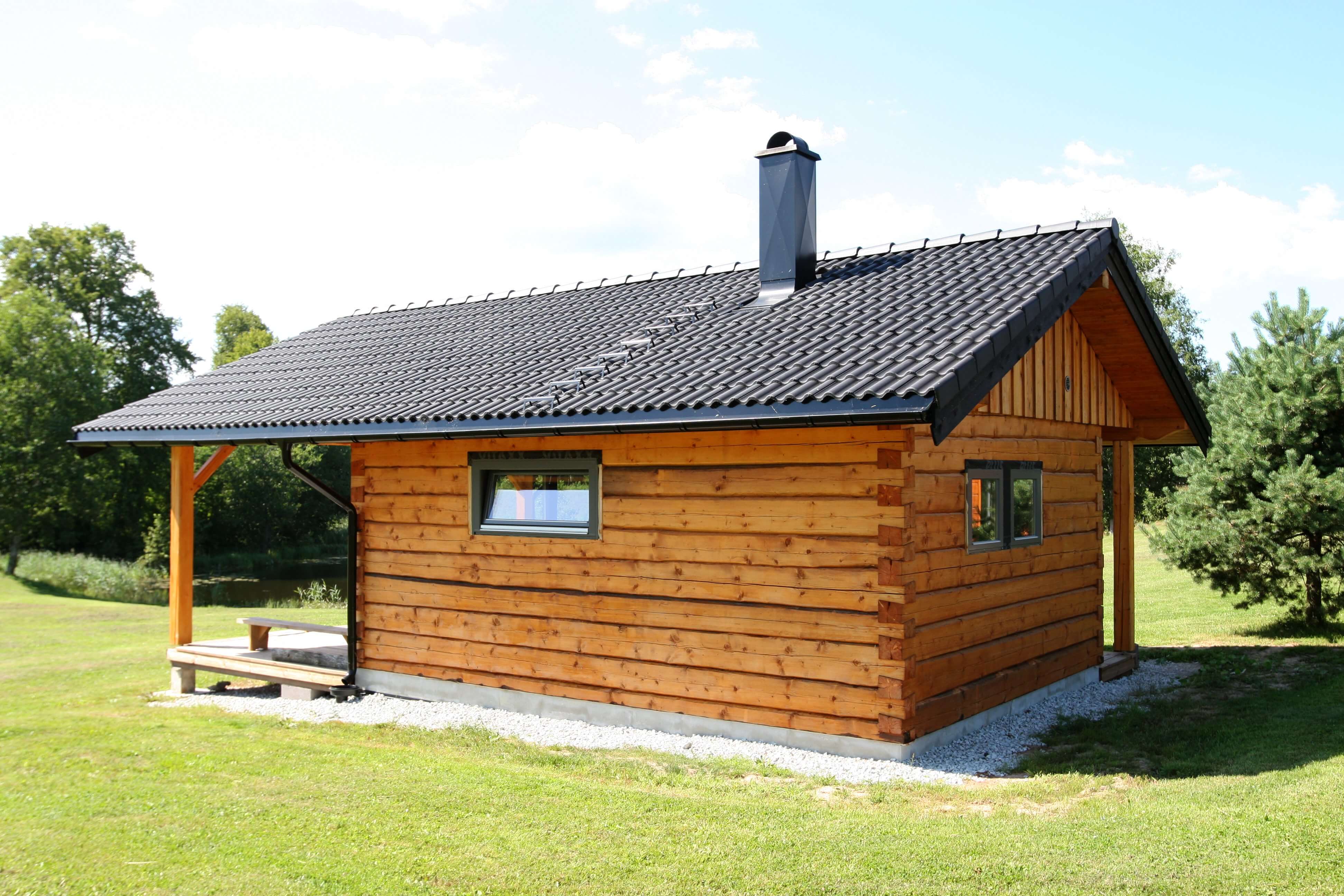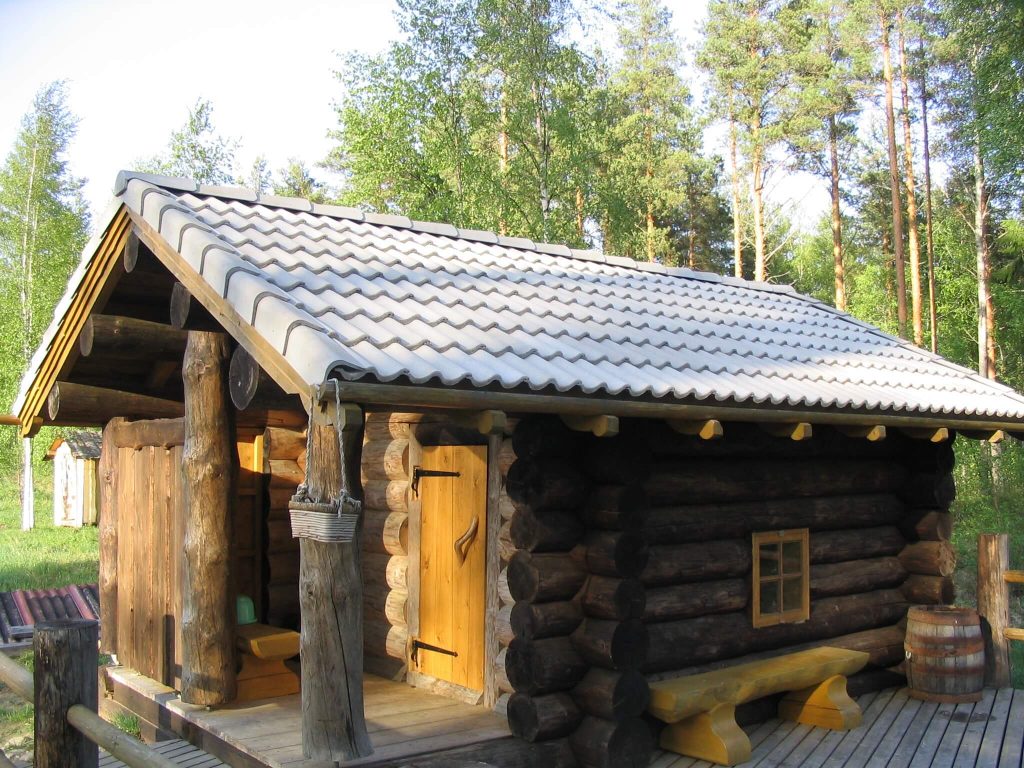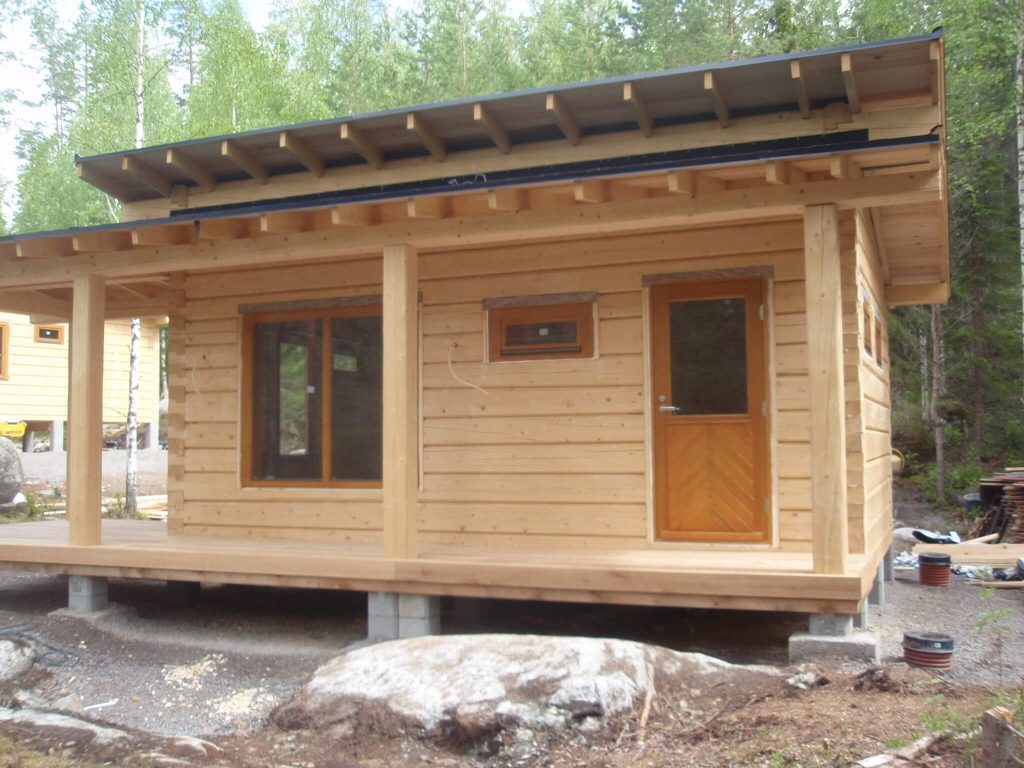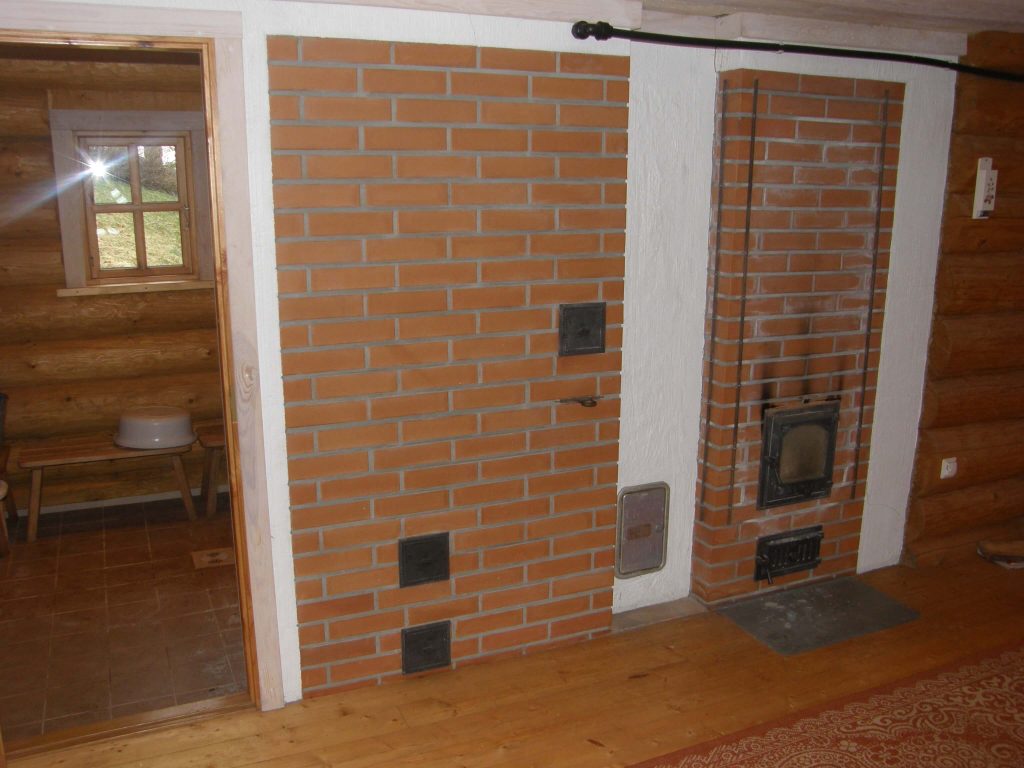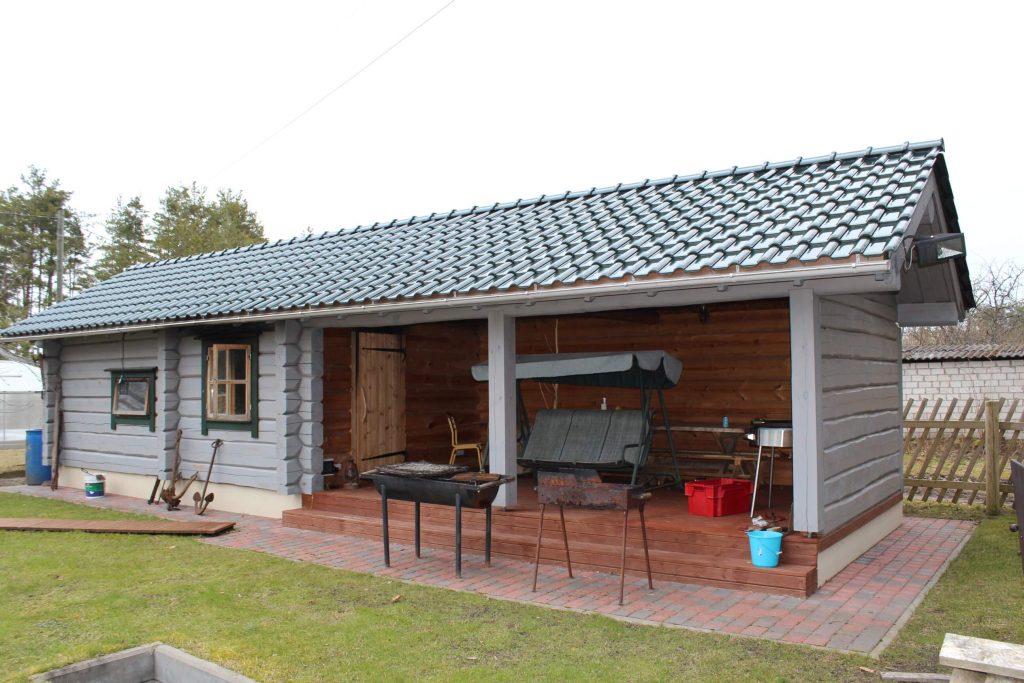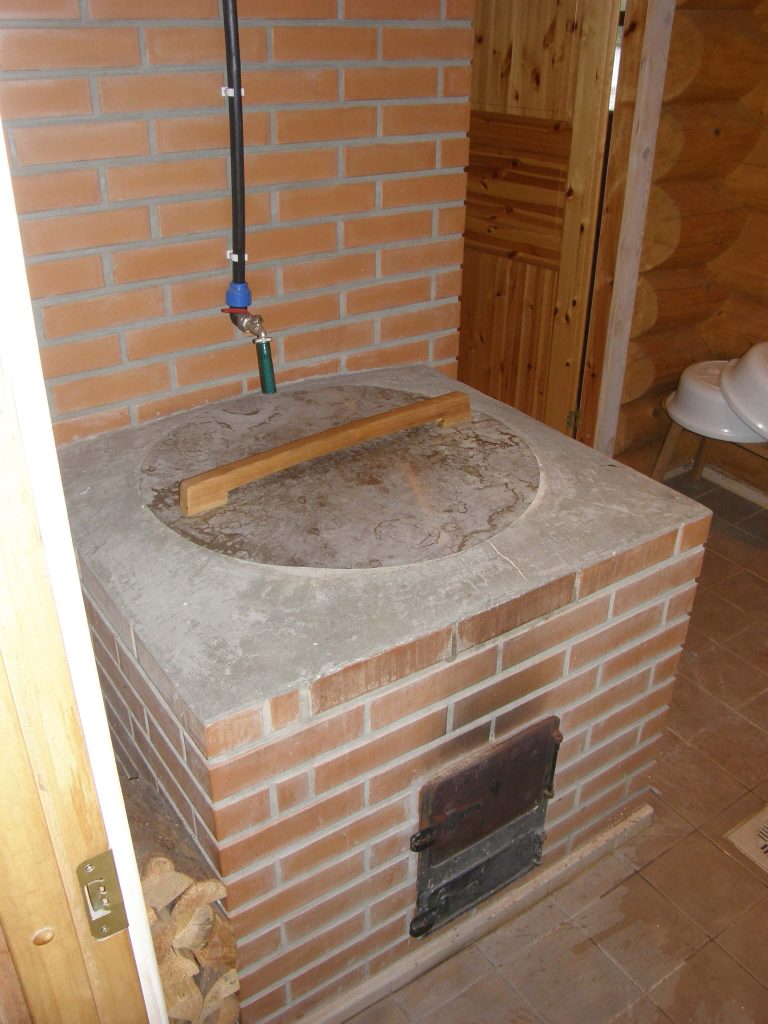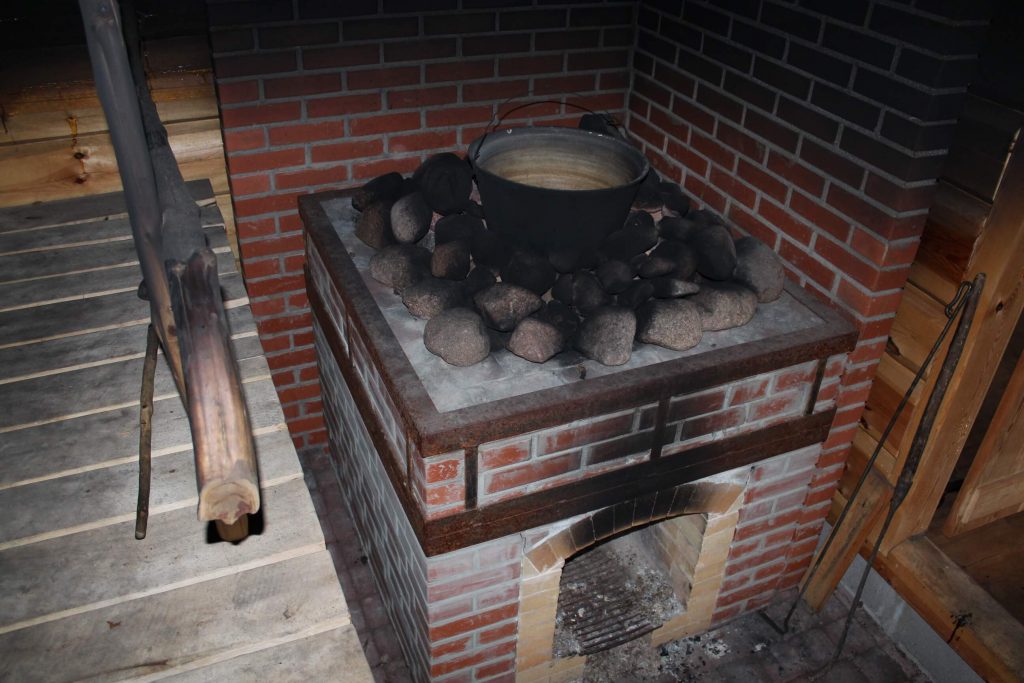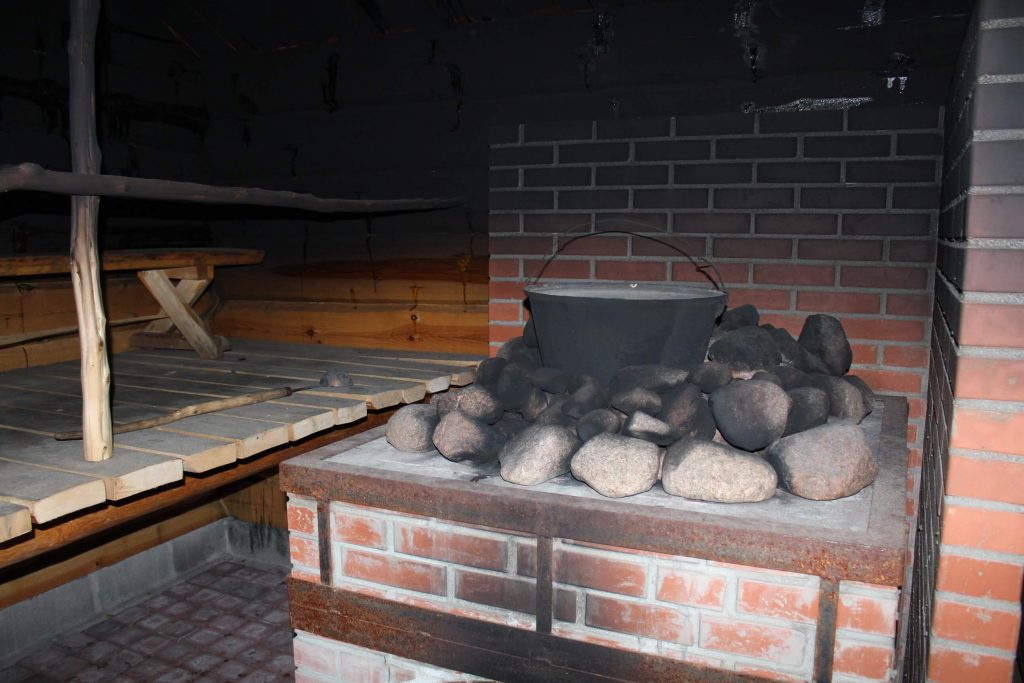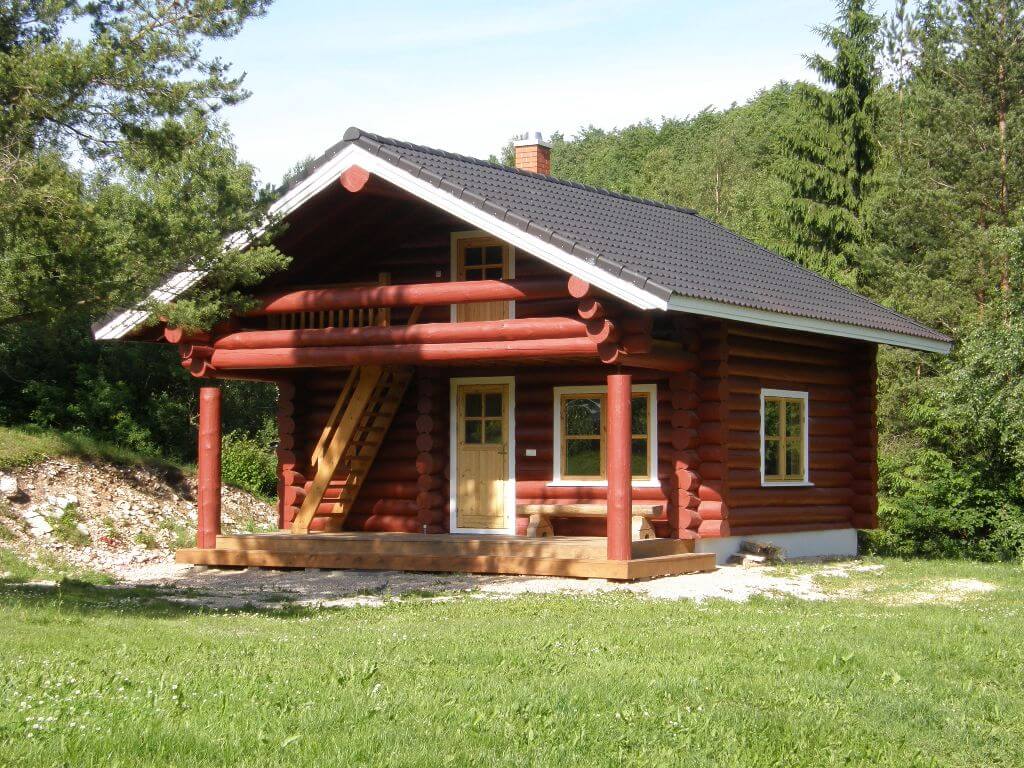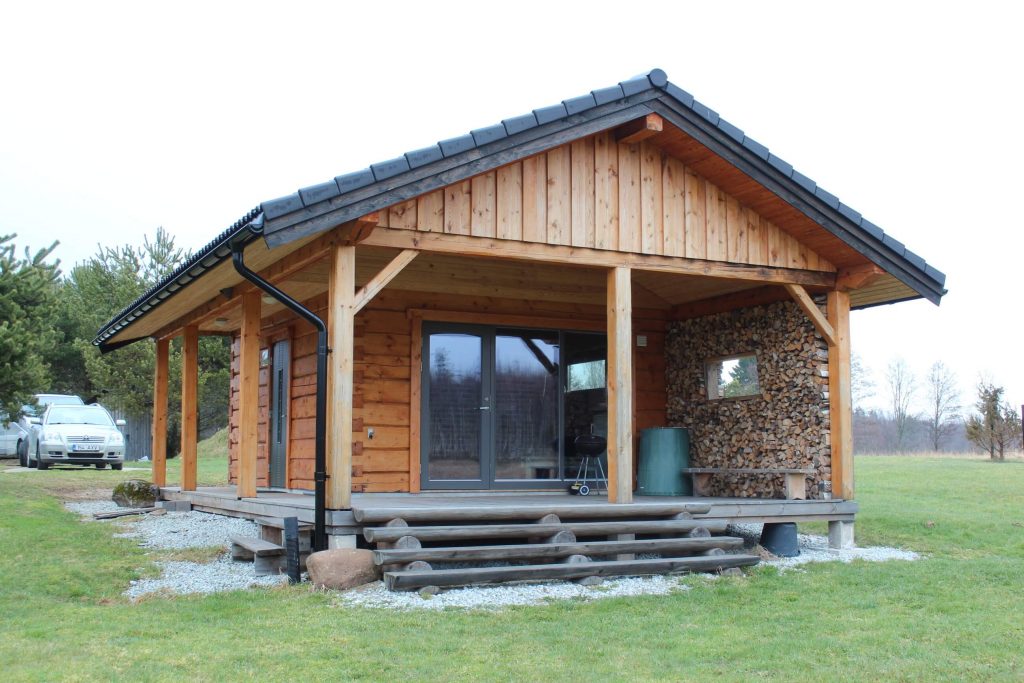Log sauna planning decisions you have to make
Log Sauna – Planning Decisions to Make Before You Can Heat up the Stones
Do you want to go to the sauna alone and quickly or would you like relax with friends and family for longer? Would you like your visiting friends to be able to sleep in the sauna house? And whether you would like to heat the sauna and feel comfortable even when it is very cold outside?Log Sauna – Planning Decisions to Make Before You Can Heat up the Stones
If you have reached this article, we are assuming that you are a sauna fan, and would like to welcome you with a warm handshake. You are one of us, meaning we know that you understand how beneficial good bathing in hot steam is for the body and the spirit, and you understand the difference between a good and a bad sauna.
For you to get a very good sauna, we have written a step-by-step overview of what kind of decisions you need to make in order to get a place where to test the limits of the stove.
Old school or modern log sauna?
The first decision you must make is absolutely fundamental – whether you want a traditional sauna of the forefathers or whether you are more a fan of a modern sauna, where the water comes from the tap and there is no hassle with buckets. Both have their own charm and neither is better than the other.
The first version has a water barrel in the corner of the sauna and water is brought in with a bucket. Many of us have carried water to the sauna with our grandfathers in childhood and can appreciate this activity as an essential part of the sauna ritual.
This solution is a real classic and creates an idyllic setting. If it’s important that the log sauna wouldn’t cost a fortune and not leave a dent in your family’s budget, then this type of sauna is much cheaper to build as we don’t need to worry about creating a wet room solution.
You would be right to assume that a modern sauna, where hot and cold water come from the tap, will need a wet room. What does it mean? It means that it is necessary to think about where the water comes from, where it is heated, and where it flows after use.
In addition, you’ll definitely need to think about how to keep the wet room temperature above the freezing point throughout the entire year. Because…
Although at the moment, you might be certain that you will let all the water out of the sauna before winter arrives, but experience shows that even if you would try to do that, water tends to stay in some places, and this will lead to the sauna creating a huge headache instead of enjoyment. Some places, where water can stay and create trouble are for example, faucets, toilet pots, closed water tanks attached to the stove (if hot water comes from heating the stove), and drain traps.
There is another monkey-wrench that can sabotage even the best of plans. Namely, freezing temperatures may arrive unexpectedly, and you might simply not have time to get to the log sauna at the countryside in time and will end up with a huge hassle thanks to the frozen pipes.
But this is a worst-case scenario, and I’m sure it won’t happen to you. Nevertheless, it is extremely enjoyable to have water from the tap and when there is no washing going on in the sauna room, so the choice is yours.
First choice made? Let’s move on.
Next, you need to think about three important technical solutions and to decide on a heating source.
In particular, how will the foundation, floor, and the general heat insulation of the sauna look like? Before we move on to these solutions, let’s take some time to talk about the heating source.
The choice for the heater will again depend on your wishes and preferences. Let us give you an idea by explaining various options and solutions.
The first type of heater is the one where you heat up a large mass of stones. The heat stored in stones can then be used for bathing in steam. A well-known truth holds here – the larger the mass of the stones, the more steam can be created by splashing water on heated rocks.
Of course, heating a larger mass will take more time and firewood. Our experience shows that the time heating the sauna will be roughly equal to the time you can spend bathing in hot steam. So, if you spend 4 hours heating the sauna, you will be able to enjoy the sauna for 4 hours as well.
There are two solutions for this type of stove. The first is that the fire passes through the stones, but the smoke is directed to the chimney. Soot deposited on the stones disappears with the first splashing of water, after which it is the right time to go to the sauna.
The second option is for smoke sauna fans. In this case, smoke is not directed to the chimney but it exits through a hole in the sauna room. As a bonus, you get the opportunity to prepare smoked meat! It’s worth considering or what? But smoke sauna is really hard-core and is definitely not for everyone. If you are a guy, then try telling your wife that you are going to build a smoke sauna with soot-covered walls! The smoke sauna may also look like this
Finally, there are stoves, where the rock mass is placed around the stove and is heated up by the shell of the stove. In this case, the rock mass is much smaller meaning that although the sauna gets hot faster, the fire must be maintained during bathing; otherwise you will be throwing water on cold stones.
The stove type determines the size of the sauna steam room and the shape of the benches. For larger rock masses, you will also need a larger and higher sauna room.
Reason? Such a stove extends higher; therefore, the benches need to be higher as well so that the steam from the rocks will reach the bathers.
So, the stove and the heart of the sauna are now in place.
Next, we need to think about where we will get hot and cold water from.
Let’s talk again about the water.
To begin with, the solution developed by our ancestors – a hot water vessel installed to the stove. You heat up the stove and with that the water to rinse yourself with afterwards. The same role will be played by a cauldron on the stove, if there happens to be a stove in the washroom.
In that case the cauldron is heated till the water is warm. In a smoke sauna, the cauldron is placed on the stones and the washing takes place in the same room. This is made possible by the high ceiling of the smoke sauna (it is pleasant and cool to wash standing on the floor).
The modern solution is to bring cold water into the log sauna with the utility line. Hot water can then be obtained directly from the utility line, or by using an on-site boiler or a solar thermal collector. Everyone can choose the solution that suits their needs. What we do not recommend is a closed boiler in the sauna room, which is heated with pipes placed in the sauna stove.
Why is this not a good option?
You may get to know your sauna well enough to work out the right balance between heating the stove and the temperature of the water in the boiler, but if a friend makes the fire he might end up with all the water evaporating in the boiler, and if the discharge valve malfunctions, it can lead to disaster.
Once you’ve poured water over yourself. Where will it run next?
If you run water from the tap, you will need to build a proper sewage system. In the wetrooms, which are both the sauna room and the washroom, suitable slopes can be created with a concrete floor.
In an old school sauna, it is enough to have a thick wooden floor with a slope on one side that drains the water into a gutter below that leads into the soil. Depending on the soil, it is also necessary to choose the distance between the water outlet and the sauna.
For example, gravel soil drains water better and the drain does not have to be as far as with clay soils. It is definitely important to avoid moisture remaining near the foundation as it can start damaging it.
And of course, the type of foundation also depends on water drainage. If it is a smoke sauna for example, there is no need for solid foundation; it is sufficient to build it on bearing stones or posts.
But in this case, the floor is not insulated, and during the winter, it is also necessary to take into account that the floor may be cooler, because it is only made of boarding. But cooler does not necessarily mean that it’s cold. One of Tender’s owners has a smoke sauna and it can be safely said that feet don’t get cold in there.
Other types of saunas require a proper foundation. And what kind of foundation, is dependent on the type of soil. But you don’t have to worry about that as the designer will make his own recommendations.
Now you need to think about the sauna’s thermal insulation and internal lining.
Log sauna is excellent, but let’s bring out some of the things that need to be considered so you can enjoy your sauna for a long time and to its full value. These circumstances will occur if inside the sauna, you decide to leave the beautiful logs uncovered.
Sauna room walls made of logs cracks more than we would like. Why? This is because the logs are affected by a very high temperature range. Cool on the outside, but on the inside, we are heating the room to very high temperatures.
If you use the log sauna rarely, the wall heats up slowly due to high thermal capacity. Which means that it takes more time and firewood to get the right sauna temperature.
The third thing you need to take into account is that logs of coniferous wood release resin, and when sitting on the seats and against the wall, your back can stick to the wall.
The good news is that there is a solution to all of these problems.
If it is not a smoke sauna, then the option would be to board the logs using hardwood. Such a solution creates the possibility to install both an additional heat insulation and a vapor barrier to protect the logs. The latter also helps to make the sauna room more airtight and reduces heat loss. The same logic applies to the washroom.
The inner lining in the sauna and wash room create opportunities for good solutions for the floor and wall joints. A so-called bath is created on the floor. Hydro insulation has to rise to the walls and it is good to put it behind the lining. This way the whole solution looks more beautiful and will be technically more secure.
However, if you still do not want to give up and want to see natural logs as the internal walls, then you should know that the outer walls should be made of thicker logs, which will provide a more heat-resistant solution. The partitioning walls should be made out of stone and the washing area should be near stone walls, so that the logs would get less moisture.
We are almost done with decisions now.
Lastly, it would be necessary to think about the needs the log sauna has to meet and how many people would go to the sauna together.
Do you want to go to the sauna alone and quickly or would you like relax with friends and family for longer? Would you like your visiting friends to be able to sleep in the sauna house? And whether you would like to heat the sauna and feel comfortable even when it is very cold outside?
In the case of guest accommodation, it should be taken into account that if you bathe in steam in the summer, the entire sauna house will remain hot for a long time and you should consider cooling.
For example, you can build a window into the sauna room, insulate the inserted ceiling, or create a separate entrance to the second floor. It might be nice in the summer, but what happens with the same solution if heat does not travel upstairs?
For this, you should design a heat hatch into the inserted ceiling. In this case, however, it is necessary to consider that, in addition to the warmth, a lot of humidity will also travel upstairs.
Since you’ve made it almost to the end of the article, we also have a very good tip for you as a bonus.
You are very likely to go to the sauna in the evening rather than in the morning. In this case, we also recommend planning a terrace for the sauna that overlooks the sunset.
Believe me, you will enjoy it as much as the bathing. Only the thought of sitting in the evening sun after bathing in the steam sounds amazing and personal experience only confirms it.
The terrace could also be covered with a roof, as this will give you a large extra space for cheap, and if desired, you can make it more windproof with lightweight wall panels.
Summary of the decisions you need to make when ordering a log sauna:
- Traditional or modern solution?
- What kind of a stove would you like?
- Where does hot and cold water come from?
- Where does the water go?
- Interior lining – yes or no?
- What other expectations besides good steam bathing do you have for the sauna?
- Is the sauna going to have a terrace? (Yes, of course!)
What we did not touch on above, but what you should emphasize to the designer is that air exchange must be very good, as it is also one of the important factors that make the sauna enjoyable. Fresh air and a hot stove, what more can you want!
If you found the article useful, please click “Like” and if it might be interesting to your friends, click on “Share”. Thanks for the feedback!
Источники:
Источник - https://www.nordicloghome.com/log-sauna-planning/
